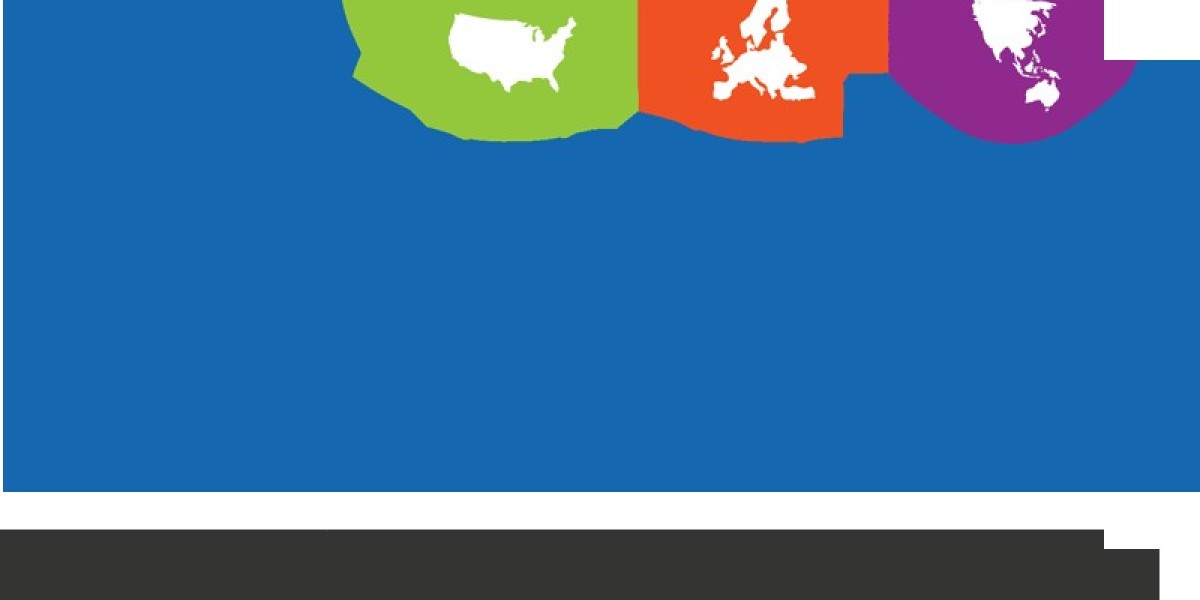The global paper packaging market is experiencing dynamic growth, with its valuation projected to rise from USD 41.5 billion in 2025 to USD 62.1 billion by 2035, reflecting a compound annual growth rate (CAGR) of 4.1%. The market’s expansion is primarily driven by rising consumer demand for eco-friendly, recyclable, and biodegradable packaging solutions across industries such as food and beverages, healthcare, personal care, and e-commerce. Sales in 2024 were recorded at USD 39.8 billion, highlighting steady momentum that is expected to continue through the next decade.
Paper packaging offers an array of advantages that make it a preferred choice for manufacturers aiming for sustainability without compromising functionality. Its recyclability, biodegradability, lightweight nature, and cost-effectiveness position it as a practical and environmentally responsible alternative to traditional plastic packaging. These attributes allow brands to not only meet regulatory requirements but also strengthen their image as sustainable and consumer-conscious.
Sustainability and Innovation Driving Market Expansion
The shift toward sustainable and recyclable packaging is increasingly shaping market dynamics. Corrugated board, which accounted for a 33.8% share of the market in 2025, continues to be widely preferred for its structural strength, cushioning capabilities, and adaptability across formats. Single-wall and double-wall variants are extensively utilized in shipping cartons, shelf-ready packaging, and protective outer wraps, while die-cut corrugated designs are optimized for high-speed packing lines and bulk handling applications.
Food packaging leads the market in end-use applications, capturing 36.4% of the market share in 2025. High-frequency production, perishability of goods, and compliance with handling standards make paperboard cartons, wraps, and containers indispensable for frozen meals, baked goods, dry snacks, and quick-serve products. Manufacturers are increasingly integrating moisture-resistant coatings, grease barriers, and shelf-ready features to maintain product integrity while enhancing brand visibility.
Andrew King, CEO of Mondi Group, highlighted the company’s strategic expansion in 2024 with the acquisition of the Hinton Pulp Mill in Alberta, Canada. He noted, “This acquisition significantly increases our corrugated converting capacity, extends our reach across Western Europe, and offers strong downstream integration opportunities.” Such moves illustrate how established manufacturers are aligning growth strategies with sustainability initiatives and market demand for recycled and semi-chemical corrugated materials.
Get Instant Access for Only $5,000 | Don’t Miss This Exclusive Offer!
https://www.futuremarketinsights.com/reports/sample/rep-gb-4430
Government Initiatives and Regulatory Influence
Governmental policies have played a pivotal role in driving adoption of paper packaging. In regions with stringent plastic regulations, including the European Union, Canada, and parts of Asia, paper packaging is emerging as both a regulatory necessity and a competitive differentiator. Circular economy practices and extended producer responsibility (EPR) frameworks are increasingly implemented to promote sustainability. According to a 2024 report by the World Packaging Organization (WPO), more than 70 countries introduced regulatory roadmaps targeting single-use plastics, indirectly supporting paper packaging growth.
Challenges and Emerging Opportunities
While the paper packaging market is expanding, manufacturers face challenges such as regulatory restrictions on plastic coatings, fluctuating raw material prices, and the need for technological adaptation. However, these challenges are balanced by opportunities in developing recyclable, compostable, and biodegradable packaging solutions. Furthermore, advancements in AI-driven packaging tracking, tamper-evident designs, and IoT-enabled freshness monitoring are creating avenues for innovation, particularly for e-commerce and perishable goods.
Country-wise Insights and Growth Prospects
- United States: The U.S. market is projected to grow at a 6.0% CAGR from 2025 to 2035, driven by investments in high-strength corrugated packaging, AI-assisted automation, and plant-based materials. Major manufacturers are focusing on recyclable and biodegradable options while integrating intelligent packaging solutions for efficiency and consumer engagement.
- United Kingdom: With a 5.7% CAGR, the UK market is benefiting from extended producer responsibility schemes, plastic taxes, and sustainability pledges. Companies are investing in lightweight yet robust paperboard, moisture-resistant coatings, tamper-evident packaging, and digitally printed branding solutions.
- Japan: The market in Japan, with a projected CAGR of 5.3%, emphasizes high-barrier paper packaging, antimicrobial coatings, and AI-driven quality control. Innovations include minimalistic, plastic-free, and compostable solutions aligned with the country’s strong recycling culture.
- South Korea: Anticipated to grow at 5.8%, South Korea’s market is driven by consumer preference for biodegradable, lightweight paper packaging. Manufacturers are implementing plant-based inks, recyclable adhesives, and barrier coatings while adopting smart supply chains and automated production technologies.
Competitive Landscape: Established and Emerging Players
The paper packaging market features a mix of established multinational manufacturers and innovative regional players. Tier 1 companies, including Stora Enso, Graphic Packaging International, Kruger Packaging, and Sonoco Products Company, lead the market with extensive global operations, high production capacity, and diverse product portfolios. These players are investing in sustainable production technologies, high-barrier packaging solutions, and AI-integrated systems for enhanced efficiency and traceability.
Emerging manufacturers, such as BioPak, are carving out niches in compostable and biodegradable paper packaging, catering to environmentally conscious brands. These companies are innovating with novel fiber-based solutions and smart packaging designs, demonstrating agility in responding to consumer trends and regulatory pressures.
Key Investments Driving Market Growth
Significant investments underscore the momentum in the paper packaging sector. At the “Invest in America” event in April 2025, Anthony Pratt of Pratt Industries pledged USD 5 billion to create 5,000 manufacturing jobs across Ohio, Michigan, Pennsylvania, and Arizona, focusing on recycled paper and corrugated boxes. Meanwhile, Hinojosa Packaging Group completed a modernization of its Xàtiva plant in July 2025, installing the world’s most advanced corrugator as part of an €87 million initiative aimed at sustainability, innovation, and operational efficiency.
Key Players in Paper Packaging Market:
Stora Enso | Graphic Packaging International | Kruger Packaging | Sonoco Products Company | BioPak | Mondi Group | Hinojosa Packaging Group | Pratt Industries
Conclusion
The global paper packaging market is entering a phase of sustained growth, propelled by environmental consciousness, technological innovation, and evolving consumer preferences. With corrugated board and food packaging leading key segments, manufacturers—both established and emerging—have abundant opportunities to expand production capabilities, adopt sustainable practices, and develop advanced, smart packaging solutions.
As regulations tighten and consumer demand for eco-friendly alternatives rises, paper packaging continues to provide a reliable, versatile, and environmentally responsible solution. The market is expected to thrive through 2035, offering significant potential for players who embrace innovation, sustainability, and regional expansion.







